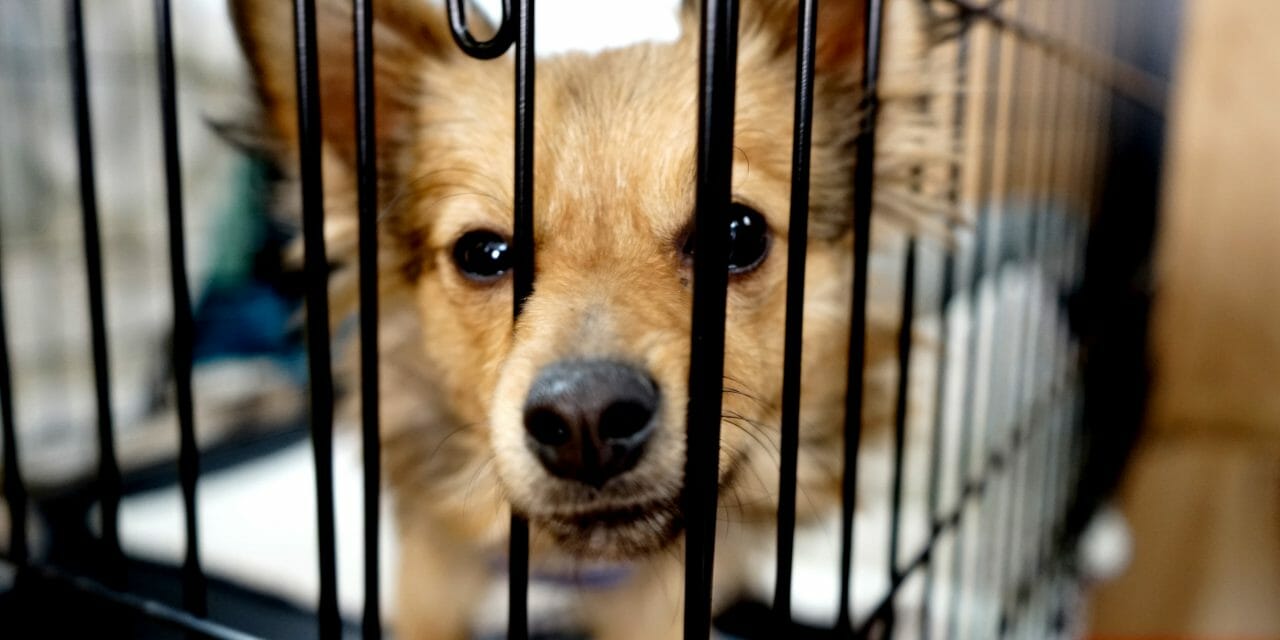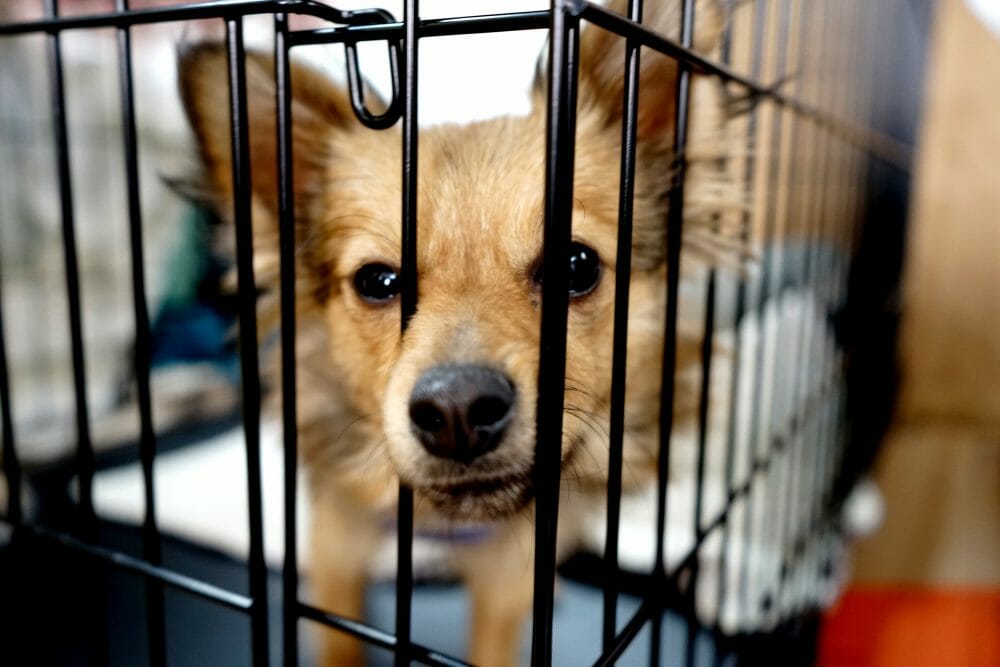There is nothing like bringing a new pet into the family. The search for the perfect-fit candidate can include hours of online research and “window shopping” for adoptable animals. But, how can you really know where these animals come from?
Unfortunately, puppy mills or hoarders may be posing as legitimate rescue organizations. Anyone can create a convincing Facebook page or website. And breeders are capitalizing on the growing interest in animal rescue and adoption by using phrases like “for adoption” to hide the true nature of their operation.
It’s easier than you may realize to fall for “fake rescues.” For example, in a recent animal cruelty case, a couple hoarded nearly 300 dogs in appalling conditions under the guise of a non-profit animal rescue organization. People truly believed the people involved were running a real shelter and didn’t realize anything was amiss until it was too late.
So how can you be sure that an organization is offering truly rescued animals for adoption? Knowing what to look for can be the difference between life or death for many helpless creatures.
As a general rule of thumb, a legitimate animal rescue organization will be transparent about its animals and their care. Honesty is still always the best policy.
The organization should also have clearly defined policies and a mission statement, either available on its website or explained in person. If the organization is operating with the animals’ wellbeing in mind, the animal’s adoption fee should also include vaccinations, veterinary care if needed, and a spay or neuter surgery.
A breeder posing as a rescue may only offer purebred or “designer” breed puppies (e.g. maltipoos). Most rescue organizations will have a variety of animals with different breeds, ages, or even special needs.
Start your online search by visiting your city or county’s official shelter website, or using a trusted aggregator like Petfinder that thoroughly screens every organization it lists. Don’t simply trust what you read in a Craigslist or Facebook listing — always dig deeper.
Always ask to see where the animals are kept. If the organization refuses permission, that’s a red flag. If allowed in, look to see if the animals seem healthy and active. Is their living space clean? Is there a reasonable amount of animals considering the number of caretakers?
By asking the right questions, doing a small amount of research and briefly investigating the physical environment, you should be able to discern if the rescue operation is above board.








